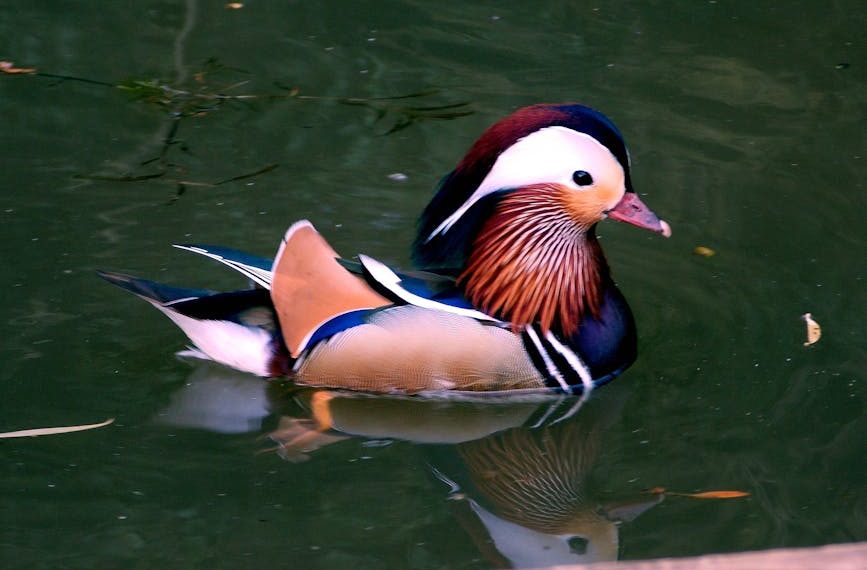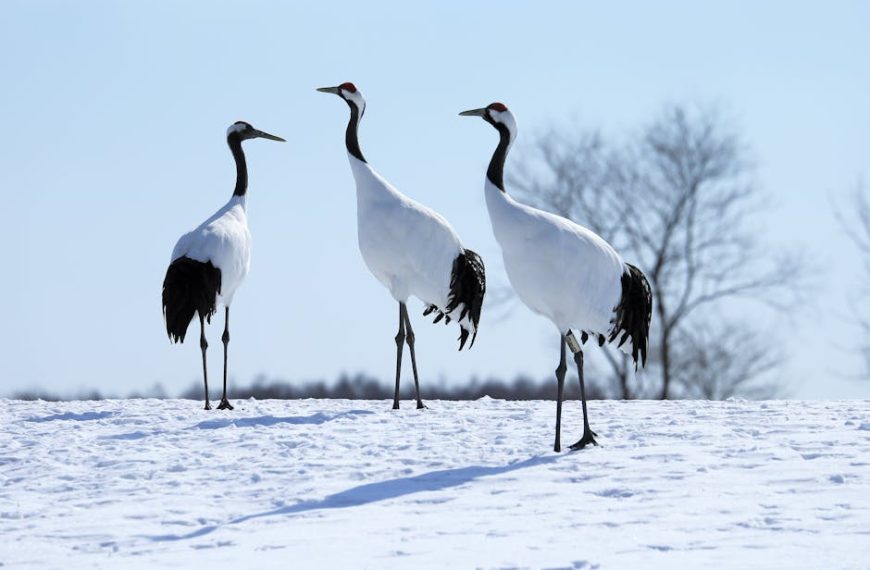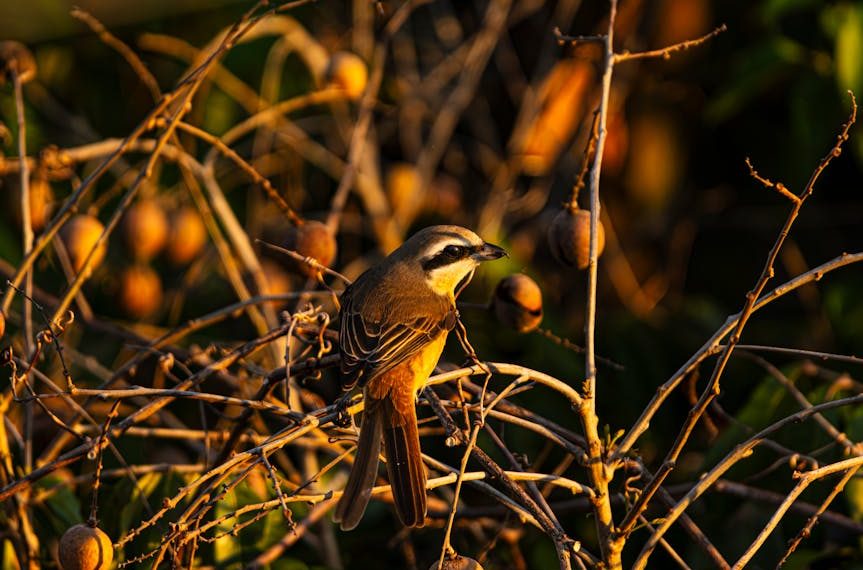Birdwatching is more than a hobby; it’s an appreciation of nature’s winged beauties. Part of the enjoyment is understanding their feeding habits and what seeds they prefer. One such seed that beckons a variety of bird species is Niger seed, also known as Nyjer or Thistle seed. This tiny, oil-rich seed is favored by an impressive diversity of bird types but is particularly loved by certain species.
Understanding the Appeal of Niger Seed to Birds
Niger seed originates from Africa, specifically the Ethiopian highlands. This nutrition-packed seed is characterized by high oil content, offering birds a vital energy source. Here’s why this tiny powerhouse is a great choice for bird feeding:
- Nutrition: Niger seeds contain over 35% fats and about 20% proteins. They’re extremely rich in amino acids and contain significant calcium, magnesium, and fiber. This potent nutritional mix provides birds with essential nutrients to support energy, growth, and overall health.
- Accessibility: The small size of Niger seeds and the absence of shells make them easily accessible and digestible, even for smaller birds.
Niger seed feeding tip: Use a specialized Niger seed bird feeder with small holes to limit spillage and cater specifically for small-billed seed lovers.
The American Goldfinch and its Fondness for Niger Seed
The American Goldfinch, with its vibrant yellow plumage, is a delightful sight for birdwatchers. Their dietary preferences tilt heavily towards seeds, with Niger seed being a particular favorite. Consequently, feeding these beauties with Niger seed can even influence their nesting behavior and thus their habitat choice.
While supplying these Goldfinches with their favorite seeds can bring much joy, it’s essential to understand the pros and cons:
- Pro: Offering a steady supply of Niger seeds can transform your backyard into a breeding hotspot for Goldfinches during the nesting season.
- Con: Overfeeding can make them overly reliant on the feed, disrupting their natural foraging habits.
Ideal Goldfinch feeding tip: Keep your feeders clean, full, and ideally situated near patches of natural forage areas. Rotate the filling of feeders to encourage natural feeding behavior.
Niger Seed Favorites: Pine Siskin and Purple Finch
Let’s now shift our focus to the Pine Siskin and Purple Finch, both small bird species that are enamored with the nutritious Niger seed.
The Pine Siskin is a small, lively bird with a penchant for seeds and often feeds in busy flocks. Purple Finches, with their raspberry-colored plumage, are a treat for any birdwatcher’s eye, and they share the Siskin’s love for Niger seed.
Their fondness for this feed means that you can attract these species all year round, even during their migratory periods.
To attract these birds, set up feeding stations with multiple tube feeders filled with Niger seed. Couple this with a quiet and safe environment, and you’re likely to see these small birds flocking to your garden.
Let’s compare the feeding behaviors and preferences of Pine Siskin and Purple Finch:
| Pine Siskin | Purple Finch | |
|---|---|---|
| Feeding Behavior | Loves to hang upside-down and extract seeds from feeders | Prefers to feed in upright position but can adapt if necessary |
| Feeding Schedule | Early morning and late afternoon | Throughout the day but peak activity in early morning and late afternoon |
| Feasting Characteristic | Feeds in busy flocks often, usually with a loud chatter | Prefers to dine in smaller groups or pairs |
Attracting Lesser Redpoll and Common Redpoll with Niger Seeds
Next on our list are the Lesser Redpoll and Common Redpoll, two species known for their famously robust appetites despite their small size. Despite favoring birch seeds in the wild, both species are quite partial to Niger seed.
The sight of a Redpoll, known for their red forehead blotch, dexterously extracting Niger seed with their conical beaks makes for captivating birdwatching. Their high-energy eating style, coupled with their sociable nature, injects a flurry of activity at feeders which can be especially exciting in winter.
For optimal Redpoll watching, set up your feeders in late autumn to early winter and ensure a consistent supply of Niger seed.
Birdwatching tip: Keep an eye out for their distinctive feeding traits such as a flirtation of their tail feathers or the ever-so-light suspension on the feeder perches.
Accommodating Other Niger Seed-Loving Birds
The Niger seed-loving community doesn’t end there! Notable mentions include Indigo Buntings, Dark-eyed Junco, and others, each bringing their unique colors, melodies, and personalities to your backyard.
Indigo Buntings, with their stunning azure feathers, are migratory birds that may visit feeders during their breeding season. The Dark-eyed Junco, with its contrasting dark upperparts and white underparts, flocks to feeders in winter, turning the Niger seed into a primary food source.
Best practices for attracting these lesser-known Niger seed-loving birds:
- Provide feeders that cater to the feeding styles of these unique bird species.
- Keep the feeders clean to prevent disease spread.
- Try to mimic the natural feeding environment whenever possible.
- Monitor the feeding habits carefully and replenish the Niger seed accordingly.
Now that you’re well-armed with this information, it’s time to fill those feeders, sharpen your observation skills, and enjoy the vibrant spectacle these Niger seed-loving birds have to offer!
Key Takeaway:
- Niger seeds are nutritious and easily accessible due to their small size and lack of shells, making them an ideal bird feed.
- They are particularly loved by certain bird species like the American Goldfinch, Pine Siskin, Purple Finch, Lesser and Common Redpoll, Indigo Buntings, and Dark-eyed Junco.
- Feeding practices, particularly feeder type, seed quantity and frequency of feeding, influence the attraction and behavior of these birds. Care should be taken to not disrupt their natural feeding habits.
Bird watching is a rewarding experience, made richer by a deeper understanding of bird behaviors, preferences and feeding habits. Remember, each species brings its unique melody and vibrant colors, adding beauty to your backyard. Take the time to observe their traits, replenish the Niger seed appropriately, and enjoy the fluttery spectacle they offer.
FAQs
Q: What other seeds can I use to attract a broad range of birds?
A: Apart from Niger seed, sunflower seeds and peanuts are also quite popular among a variety of bird species. They offer required nutrients and are easily accessible to different bird types.
Q: Where can I purchase Niger seeds for bird feeding?
A: You can typically find Niger seeds at local pet stores, garden centers, or online. Make sure to store them in a cool, dry place to maintain their freshness and quality.
Q: Can feeding birds with Niger seeds disrupt their natural feeding patterns?
A: Overfeeding can potentially make birds overly reliant on the feed source, affecting their natural foraging instincts. It’s suggested to maintain a balanced approach, supplementing natural feeding with Niger seeds.
Q: What can I do to make my feeders more bird-friendly?
A: Keeping feeders clean to prevent disease, placing them near patches of natural forage areas, and mimicking the natural feeding environment can make them more attractive to birds.
Q: Which bird species are most commonly attracted to Niger seeds?
A: In North America, species attracted to Niger seeds include, but are not limited to, American Goldfinch, Pine Siskin, Purple Finch, Redpolls, Indigo Buntings, and Dark-eyed Juncos.
We encourage you to share this article with other bird lovers and explore more posts on our website to elevate your bird watching experience. Enjoy observing your feathery guests!












